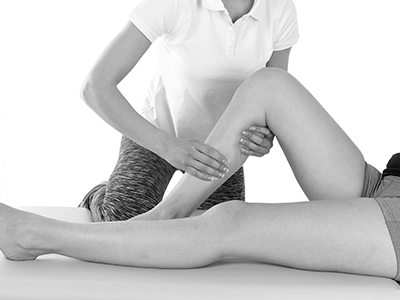Sports Physio Sydney / Surry Hills

Sports injuries are among the most
common conditions that our physiotherapists treat at Central Performance. Our team
are experienced in working with athletes and sportspeople at every level from
elite competitors to recreational players and younger athletes. We always keep
you as active as possible during your recovery so that your return to sport is
as fast as possible, plus we minimise your risk of future problems by
identifying and correcting any underlying stiffness, weakness or other movement
problems. and
Sports injuries can include acute (recent)
injuries as well as more long-term, chronic or recurring problems. Common
sporting injuries include;
- Muscle and ligament strains and tears
- Joint sprains including ankle, knee, hip and shoulder pain
- Back and neck pain
- Rehabilitation following surgery for bone, joint and ligament
injuries including shoulder and ACL (knee) reconstructions, arthroscopies, and surgical
fixation (pins and plates) of broken bones
Steps To Physiotherapy Management Of Sports Injuries
Initial Assessment and Diagnosis
Your physiotherapy program starts
with a comprehensive initial assessment and diagnosis of your sports injury. This
includes taking a full history plus a performing a complete physical
assessment. We focus on getting the correct diagnosis for your injury as fast
as possible because your ongoing treatment plan and timeframe for return to
sport depend on this initial diagnosis. If your sports physio feels you need
further investigation they will provide you with a referral to your doctor for further
tests like an x-ray, MRI or specialist appointment.
As well as assessing specific local
structures that have been injured, your physio will also screen for whole-body
factors that may be contributing to your pain. This is especially important for
recurrent or chronic injures, because factors above or below the injured area
are often making the pain persist or keep coming back. For example many recurrent
shoulder pains are partially due to upper back stiffness and tightness in the
chest and pectoral muscles, so treating these areas is essential for lasting relief
from your shoulder pain. A thorough functional movement assessment will highlight
these underlying causative factors and allow an effective long-term solution to
your pain. and
Treatment Program
An injury treatment plan is developed
based on your diagnosis and physical assessment findings. Although every sports
injury is unique, your treatment plan usually consists of 4 main stages:
- Pain relief and restoring normal
range of movement
- Specific local strengthening
- Screening and correction
of whole-body biomechanical factors that are contributing to your pain, eg tight
hamstrings or hip flexors are common contributors to sports-related low back
pain; a stiff and rounded upper back posture contributes to many shoulder
injuries in swimmers
- Returning to sport, where
you will be guided through sport-specific drills to fully restore your
strength, speed and mobility.
Your treatment will start with hands-on
techniques and targeted exercise to relieve your pain and restore your range of
motion. As your pain improves your treatment will progress to specific
strengthening and mobility exercises, and then you will be guided through more
functional whole-body exercises to correct any underlying biomechanical problems.
Returning To Sport Safely
The final stage of your treatment is ensuring that you have a safe return to sport. Every sport puts different demands on your body, so completing a sport-specific exercise program to fully rebuild the strength, mobility and speed capacity of your body to meet the demands of your chosen sport is important. The goal of this phase is to restore your body to a greater capacity than it was before your injury and therefore reduce your risk of future problems.


